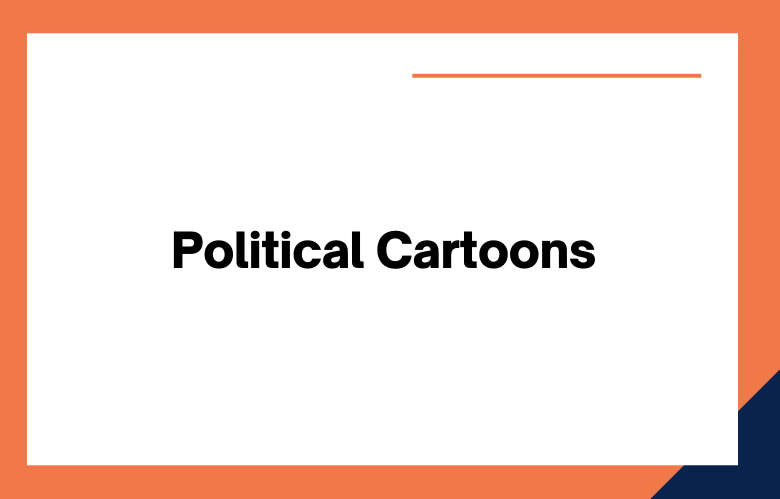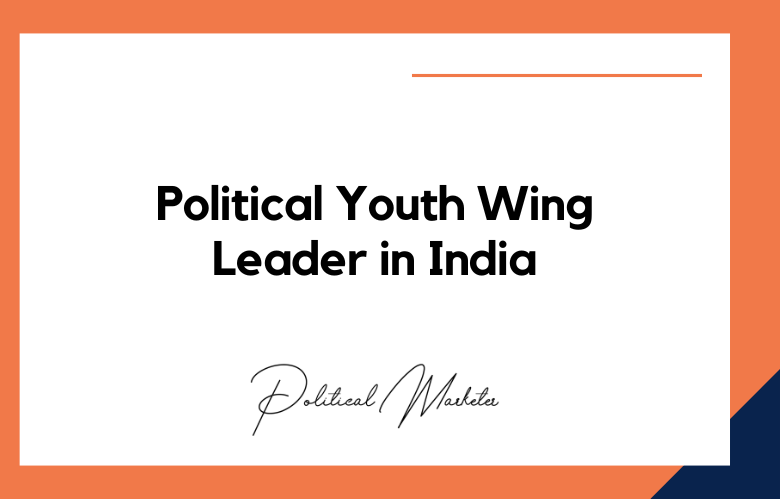Politics is serious business. For some, it can be a life-or-death situation, which is always essential. However, that doesn’t mean that it can’t be fun too. Political cartoons are one way to lighten the mood and keep things interesting. Political cartoons are essential to any good political campaign because they help engage voters and get them excited about the election.
They also make politics more relatable and less scary for people who might not know much about it. So if you need a way to mix things up in your campaign, consider using political cartoons!
As campaigns become more sophisticated using technology, social media, and data analytics, some might think political cartoons are no longer critical. Cartoons provide a unique and engaging way to communicate a campaign’s message to voters. They can also ridicule an opponent and make fun of their policies. In this blog post, we’ll look at the importance of political cartoons for campaigns and how they can be used to achieve success.
What are Political Cartoons?
A political cartoon is a satirical drawing that reflects current politics.
Political cartoons are satirical drawings that often make fun of the government.
Political cartoons are illustrations that use humor and caricatures to convey an idea. It also typically incorporates political satire.
Political cartoons are drawings that depict a political situation using satire and humor. Anyone can draw them; they don’t require artistic skill and are not always in color.
Political cartoons are images that often contain text and express an opinion or sentiment regarding politics.
Political Cartoons are drawings and images that comment on current events. The artist uses words and pictures to express their political situation.
Political cartoons are a style of art that ridicules the people who hold political power by making them look ridiculous. More recently, they can be found in print media, television, and the internet.
The Importance of Political Cartoons for Campaigns
Political cartoons are a very crucial tool in campaigns. They can help candidates get out messages that would be hard to communicate through other means.
A political cartoon is a powerful tool for any campaign. It can be used to get the public’s attention, and in so doing, it can affect their opinions on an issue.
Political cartoons were made to influence the public and sway their votes.
When it comes to political campaigns, the candidate’s appearance is essential. It can be a good idea for candidates to go with plastic surgery so they look more appealing and youthful.
Using political cartoons is one of the best methods to get your name out there and create a buzz around your campaign. These cartoons will be seen on social media, increasing recognition for you and your candidate/cause.
Political cartoons are an effective way to get your message across. They can be more persuasive than videos or photos since they convey an idea through vivid imagery.
Political cartoons are a classic way to get your point across. They’re colorful, and they have a significant impact.
One of the best ways to spread a political message is through cartoons. A cartoon can be used in many forms, such as a newspaper, magazine, or even an advertisement postcard.
Political Cartoons Best Practices
- Make sure your cartoons are in a high-quality format
- Have a clear message and use humor when appropriate
- Keep it short, but have an interesting visual
- Be timely with current events or issues that people care about
- Draw cartoons about topics that are important to you
- Begin drawing your cartoon by first deciding on the topic and then sketching out a rough idea of what will be the final product
- When you’re happy with your sketch, start adding details- this could be anything from facial expressions to props or objects in the background
- Add color! You can use markers, pens, crayons, or paint for this step
- Draw cartoons that are relevant to the topic you’re discussing
- Use humor, satire, and sarcasm when possible
- Make sure your comics are straightforward to understand
- Draw on current events to create cartoons
- Use your style of drawing to convey the message of the cartoon
- Include some humor in your work, as it will be more engaging for readers and viewers
- Check the date of publication to be sure it’s still relevant
- Offer a variety of perspectives on the topic
- Be mindful not to take sides or make personal attacks against other people in your cartoons.
- Use color judiciously and only when necessary.
- Artwork should be simple, straightforward, and easy to understand
- Cartoons are most effective when they are timely
- The message should be clear, and the humor appropriate for the audience
- It is best to avoid making cartoons that could offend people with certain political beliefs
- Create a cohesive theme for your cartoons
- Have a message behind the comic, even if it’s not explicitly stated
- Use satire to convey your point of view on an issue, but make sure that you’re not being too mean-spirited or offensive
- Keep the artwork simple and easy to understand without reading captions or descriptions.
Political Cartoons Dos
- Understand the basics of political cartoons
- Research your topic
- Draw your cartoon
- Write a caption for your cartoon
- Submit your comic to a publication
- Understand the purpose of a political cartoon
- Research the issue you’re going to caricature
- Choose a suitable medium for your message
- Keep your drawings simple and easy to understand
- Use humor and exaggeration to make your point
- Make sure your picture is accurate and true to the source material
- Polish your work before submitting it
- Cartoonists must capture the essence of a story in a single image.
- Use exaggeration and humor to make your point clear
- Be aware of current events and politics to create relevant cartoons
- Stick to one central point or message per cartoon
- Draw inspiration from other artists, as well as everyday life
- Practice, practice, practice!
- Choose a topic to focus your cartoons on
- Research the case and develop an opinion
- Draw your comics in a way that is clear and easy to understand
- Use humor if appropriate, but avoid being offensive
- Make sure your cartoons are visually appealing
- Share your comics with others online and in print publications
Political Cartoons Don’ts
- Don’t use cartoons to attack or belittle your opponents
- Don’t make your comics too complicated or convoluted
- Don’t use offensive language or images in your cartoons
- Don’t plagiarize other cartoonists’ work
- Do proofread your comics before you publish them
- Make sure your cartoons are relevant to the news of the day
- Use humor and irony in your comics for added impact
- Experiment with different drawing styles and techniques
- Don’t use cartoons to attack or belittle political opponents
- Don’t use cartoons to spread unsubstantiated rumors or lies
- Don’t use cartoons to make racist, sexist, or homophobic statements
- Don’t use recycled jokes or memes without adding your original spin
- Don’t post hastily drawn comics in a hurry – take the time to get them right
- Proofread your work before publishing it online
- Ensure you understand the issue you’re trying to address before drawing.
- Don’t use cartoons to attack political opponents
- Don’t use comics to make fun of serious issues
- Don’t use cartoons to spread hate or bigotry
- Don’t use outdated or racist caricatures
- Please don’t copy other artists’ work without giving them credit
- Do research your topic before starting to draw
- Make sure your jokes are funny
- Don’t use cartoons to attack or belittle political opponents
- Don’t make your comics too complex- they should be easy to understand
- Don’t use offensive language or images in your cartoons
- Do make sure your cartoons are funny and engaging
- Stay up-to-date on current events so you can comment on them in your cartoons.
- Do use a variety of drawing styles and techniques.
- Experiment with different mediums, including digital and traditional art
- Share your cartoons with others online and in print
- Don’t use cartoons to attack or belittle political opponents
- Don’t make jokes about sensitive topics like religion or race
- Don’t use offensive language or images
- Don’t be insensitive to the feelings of others
- Do try to be funny and clever
- Do make sure your cartoons are accurate and well-researched
- Do stay away from personal attacks against politicians or public figures
- Do keep your comics topical and relevant
- Don’t use cartoons to attack or belittle your opponents
- Don’t make your comics too complex- they should be easy to understand
- Don’t use offensive language or images
- Make sure your wits are factually accurate
- Keep your jokes funny, not mean-spirited
- Use a consistent style throughout your cartoons
- Proofread your work before you publish it
Conclusion
Political cartoons are an excellent way to convey your message in a colorful, eye-catching manner. They can be used for campaigns or events that want to drive home the importance of their cause.
Contact us today if you have something pertinent and pressing to say about politics! Our team is experienced with political cartoon design and will work closely with you every step of the way.
We guarantee our designs will make people stop scrolling past your posts on social media because they’re too busy laughing at how cleverly we worded this point. Contact us now before it’s too late!
One way to get in touch is by filling out our online form on this site or give us a call at
+91 9848321284. Let’s work together today!











